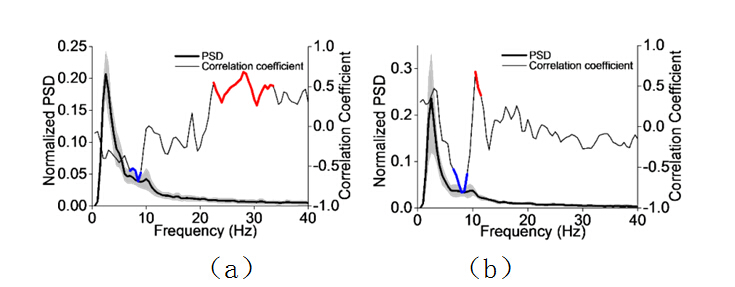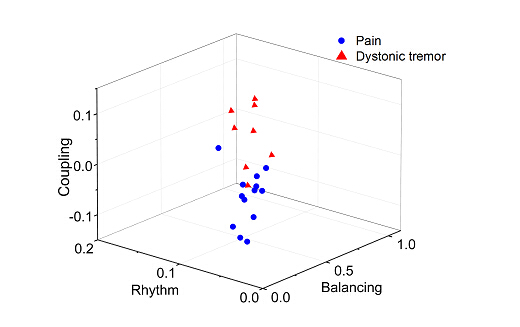Pain is not only a kind of protective mechanism of the body, but also a kind of disease which has puzzled many people. But how the human brain produces pain and how it disappeared is still not clear.
Neural Engineering team led by Professor Wang Shouyan from Suzhou Institute of Biomedical Engineering and Technology Chinese Academy of Sciences (SIBET) recorded Local field potentials (LFPs) from the sensory thalamus and periventricular gray / periaqueductal gray (PVAG) post-operatively from patients with neuropathic pain by deep brain stimulation.
The findings show that the θ, α and β oscillations in thalamus or periventricular grey were significantly correlated to the pain relief. The dynamics of these neural oscillations could potentially provide objective biomarkers for predicting and modulating the pain relief. The study achievements were published in the Clinical Neurophysiology.
(Article link: http://www.sciencedirect.com/science/article/pii/S138824571630030X)
Aims at multi-dimensional modeling needs of pain characteristics, researchers provide an integrated approach to quantify rhythmic, balancing and coupling neural behaviors based upon power spectral analysis, power ratio analysis and cross-frequency power coupling analysis. The study provides a strategy for studying the brain states in a multi-dimensional behavior space and a framework to screen quantitative characteristics for biomarkers related to diseases or nucleus.
The study achievements were published in the Journal of Neuroscience Methods.
(Article link: http://www.sciencedirect.com/science/article/pii/S0165027016000765)
This work was done by Dr. Huang Yongzhi, his tutor Pro. Wang Shouyan and Department of Neurosurgery of John Radcliffe Hospital of University of Oxford, UK. The study was supported by the National Natural Science Foundation of China, Suzhou Key Laboratory of Neural Engineering and Technology, and Suzhou Medical Device and Medicine Key Program.

(a) Correlation between theta and beta oscillations of sensory thalamus and pain relief
(b) Correlation between theta and alpha oscillations of PVAG and pain relief

Example presentation of integration of dominant rhythmic, balancing and coupling behaviors in the two patient groups
(Information source: Nanjing branch of CAS)

